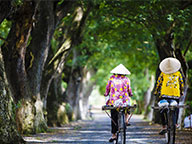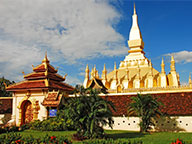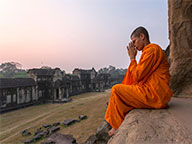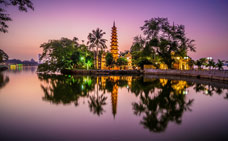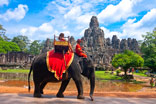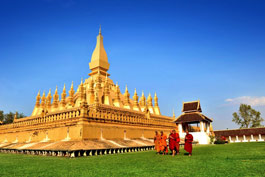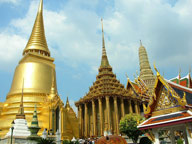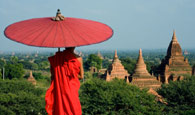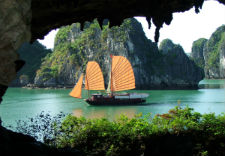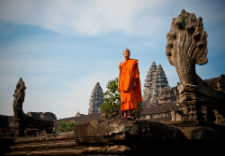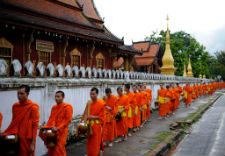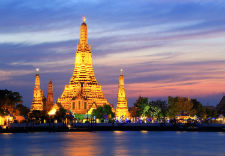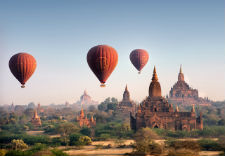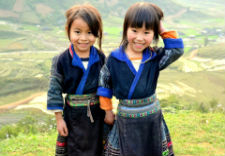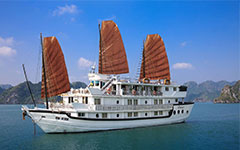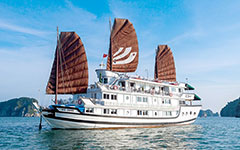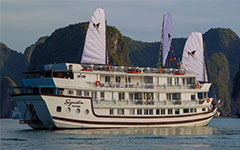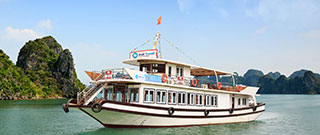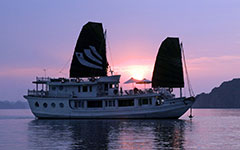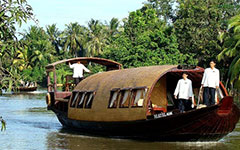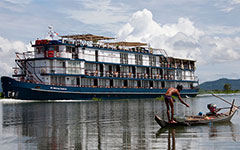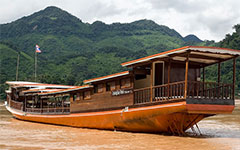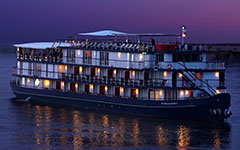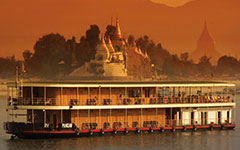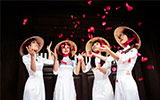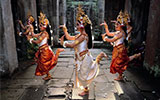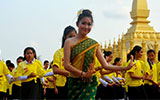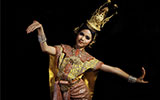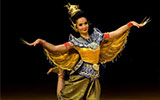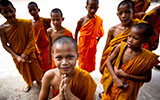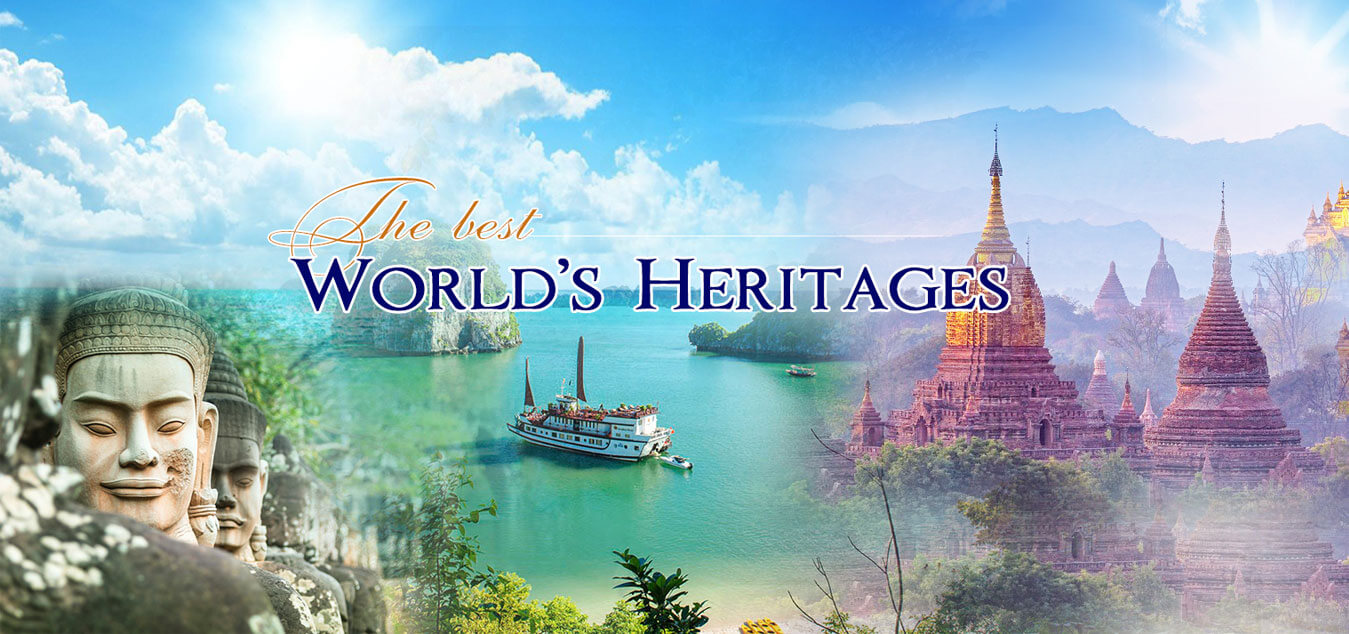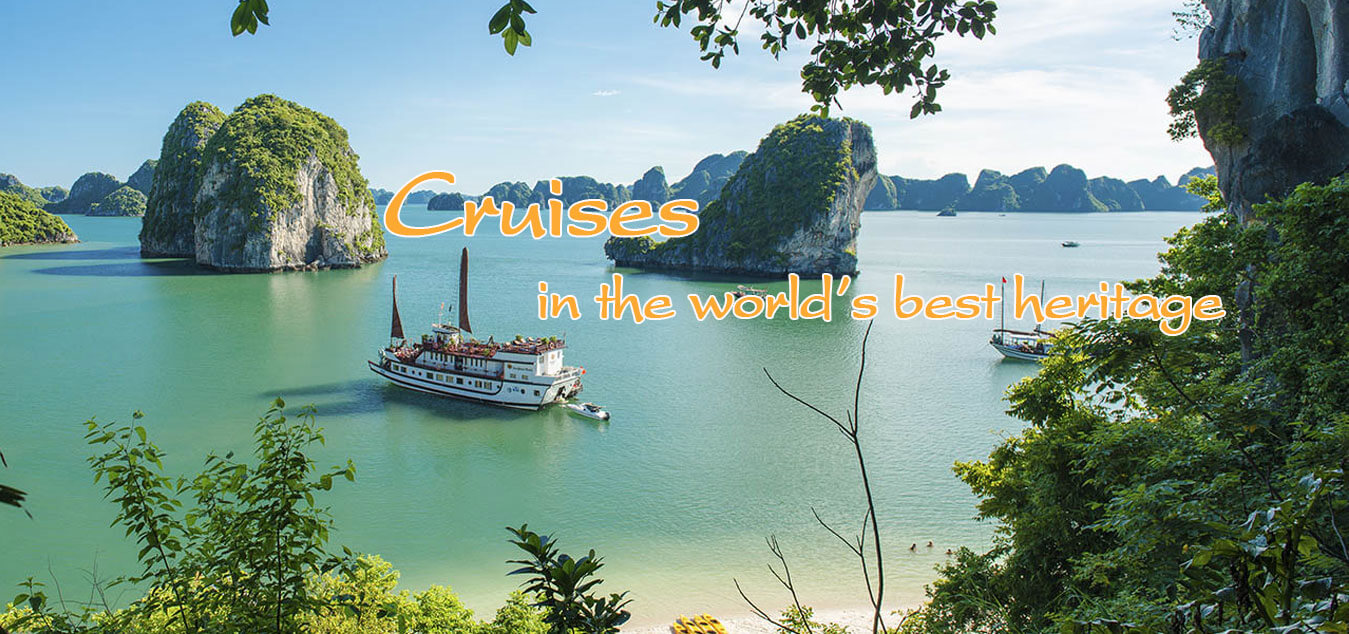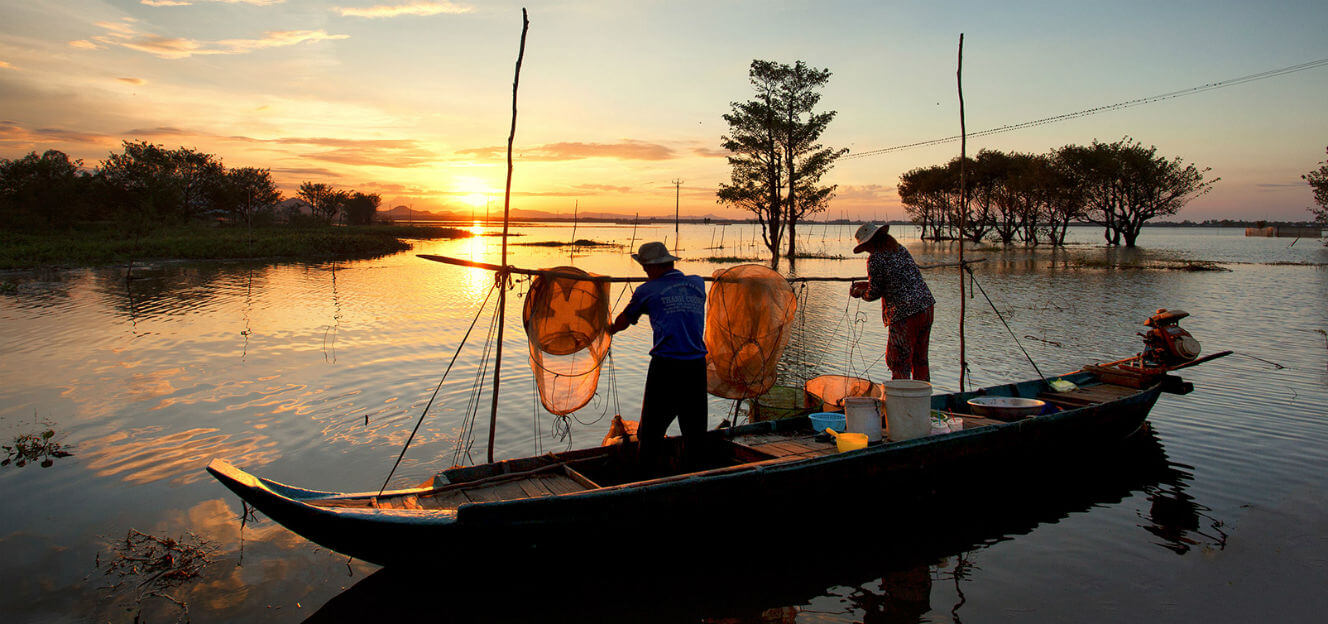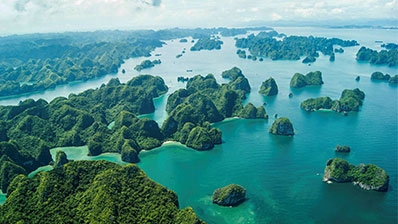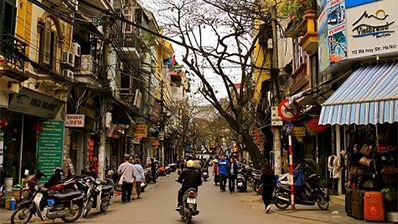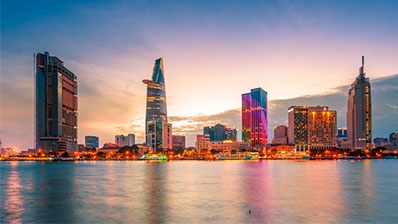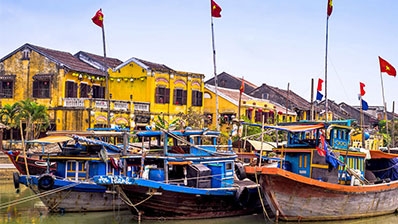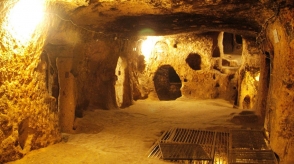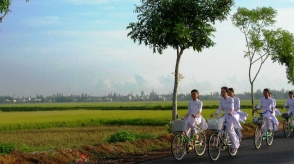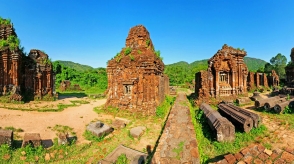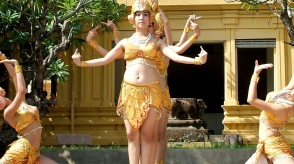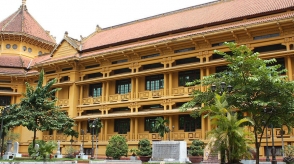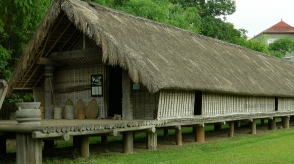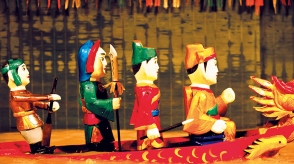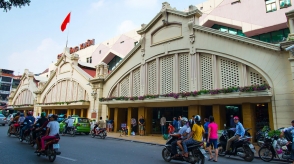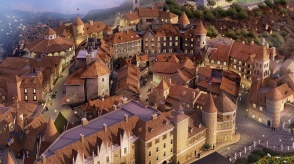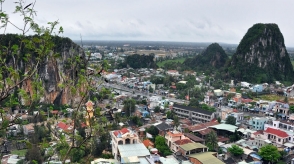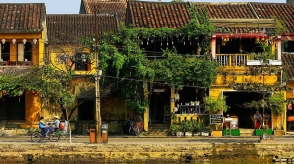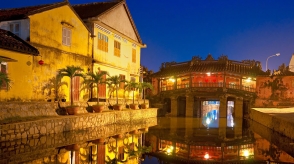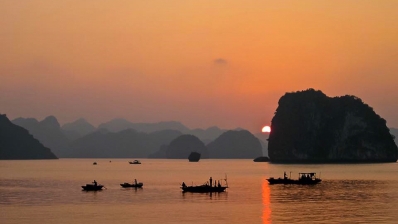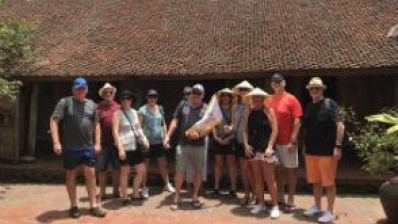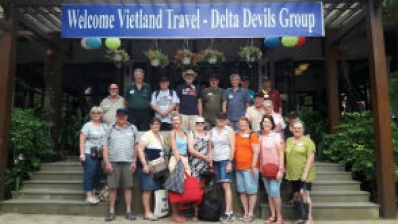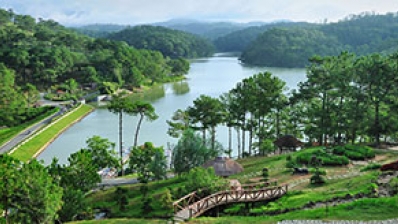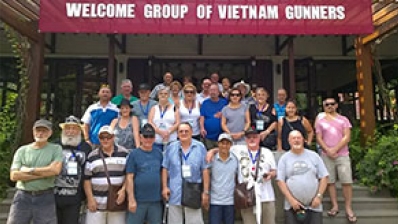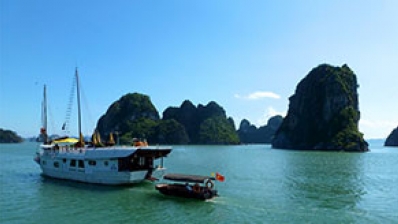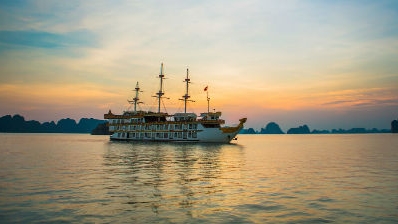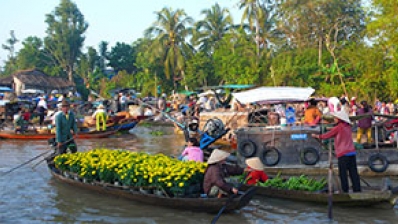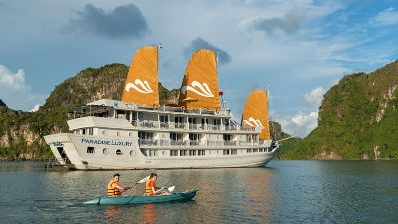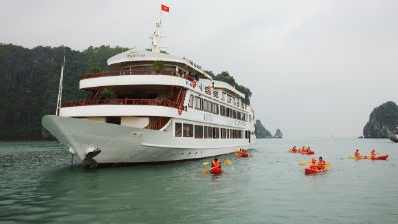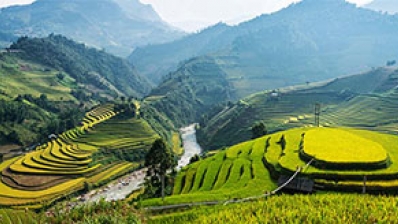VIETNAM, officially the Socialist Republic of Vietnam
Vietnam has become a very popular destination since the 1990s in South East Asia, assisted by significant state and private investment, particularly in coastal regions. Accounting for 5,5 million international tourists visited Vietnam in 2015.
Many good infrastucture were built by the state and invested by foreign countries, The country is also a safe destination in Asia, many tourists come to Vietnam, not only for its beautiful natural lanscapes, its long history, the culture, the people, but also for Vietnamese cusine. Tourists can find both cheap range and top range travels .
Althought the country was very much destroyed by many wars, but the people and the state leadship have been built much , and also the political management have been amended and renewed since the National Congress in 1986 and the open door in 1994,
Vietnam have at least more than 8 World HERITAGE SITES listed by UNESCO, which are very potential for a young tourism industry, They are: Halong Bay, Hue Citadel, Hoian Ancient Town, My Son Holy Temple, Phong Nha Cave & Ke Bang National Park, Trang An Complex, Relics of Ancient City Thang Long, Ho Dynasty's Citadel.
Geography: aproximately 332,000 km2
Population: 94 million people (2016)
Religion: in 2010 about 45.3% of the Vietnamese adhere to indigenous religions, 16.4% to Buddhism, 8.2% to Christianity, 0.4% to other faiths, and 29.6% of the population isn't religious
Largest City: Ho Chi Minh City (or Saigon as former name), with about 10 million people
Ethnic groups: There are 53 hill tribes, and accounting for 86 % of population are ethnic Vietnamese , the rest are 14% of minorities
Climate: Because of differences in latitude and the marked variety in topographical relief, the climate tends to vary considerably from place to place.
In the North Vietnam, there are 4 seasons , but it turns to 2 main seasons, wet and dry. In the south VN, it is warm for whole year, but wet and dry seasons
Languages: The official national language of Vietnam is Vietnamese, and the people study some other foreign languages for their jobs or business such as French, German, Chinese, Japanese, Korean, but English is more popular and also widely taught at school.
Now: The country is dominated by one party , and it is called " Communist Party of Vietnam", accounting for 3,7 million members in the whole country
History
- Prehistory and ancient history : Human beings appeared in Vietnam about 500,000 years ago. And then early stone age around 15,000 years, bronze age about 3000 years, iron age about 2000 years.
- China Domination: from 200 B.C until 938 A.D ( 10th Century), Vietnam then declared an independence kingdom from China, ended 1000 years of Chinese Colonial System
- Dynastic Vietnam: Started from 938 until 1945 under 10 different dynasties, The French came in and started a colonial system in 1858. After 1882, 9 last Kings became the puppets , or had no power in Vietnam
- 1862 -1945: French Indochina: The French dominated in the whole country, built many state colonial offices, and opened coal minings, grew rubber plantation, used the slave Vietnamese
- 1946 - 54: First Indochina War: The Communists uprised under Ho Chi Minh leader, the war and conflicts happened in 8 years, and the French failed in Vietnam and Indochina. The country was divided into 2 different countries as North Vietnam & South Vietnam in 1954.
- 1954 - 1975: Vietnam War : The United States came in Vietnam to support the new regime against the Communists from the North, the War happened in 20 years. The South fell in April 1975 as America quited the troops in 1973. And the North Vietnam took over the South for a new reunification
- 1976 - present: reunification and reforms: Vietnam run real Communism in country for 10 years ( from 1976 to 1986), and then they changed it as Renewal
Economy: The economic rate ranks 56th in the world, and 6th in South East Asia. Main exports: Textiles, Footwear, Seafood, electronics, Agricultural products, oil, minings, toursim, other services
Longevity: everage 71 years old for man, and 75 years old for woman
Labour force: there are big potential labour market for investors, about 53 million people from the age of 17 to 60 years old
TOURISM
With the coastline stretching over 3,260 km and comprising over 3,000 island of various sizes, the country ranks 27th out of 156 sea bordering countries worldwide. Most of the beaches of Vietnam boast beautiful, pure white sands, pristine bays and bountiful sources of seafood. There are many famous beaches such as Ha Long bay, Da Nang, Mui Ne, Phu Quoc, Binh Ba, Binh Lap or Nam Du...that have performed well in league tables by famous foreign websites or magazines and win countless hearts of foreign visitors.
According to foreign tourists, Viet Nam is one of the ideal sea heavens in Asia in general and Southeast Asia in particular. The breathtaking beauty of the azure sea, golden sun and fluttering coconut rows in the wind prove a charm offensive that knocks out so many visitors.

Nha Trang beach city, a popular beach tour for tourists
Friendly locals
Like many other Southeast Asian countries, the friendliness and hospitability are among reasons to keep tourists coming to Vietnam again. In any places and under any circumstances, visitors can easily catch sight of the benign and fresh smile of the genuine and sincere locals. They are here at your disposal all the time
Low costs
Compared to other countries, Vietnam is one of the favorite choices of tourists because of its bang-for-the-buck benefits. Living costs and entry tickets here are much lower than those in other countries worldwide. With just US$ 25/day, visitors can freely eat and drop by tourist attractions.
Countless tourist attractions
It’s not an exaggeration to claim that Vietnam boasts countless tourist attractions that can meet virtually all needs of visitors. Along the country lie thousands of historical sites, pagodas, temples, tourist attraction as well as recreational areas, entertainment and shopping centers.
Top 10 destinations
As determined by reader views on Vietland Holidays
| 1- Hanoi | 6- Nha Trang Beach |
2- Halong Bay ( World's Natural Heritage)
| 7- Dalat |
| 3- Sapa | 8- Mui Ne Beach |
4- Hue (World's Cultural Heritage)
| 9- Ho Chi Minh City (Saigon) |
| 5- Hoian (World's Cultural Heritage) | 10- Phu Quoc Island |
